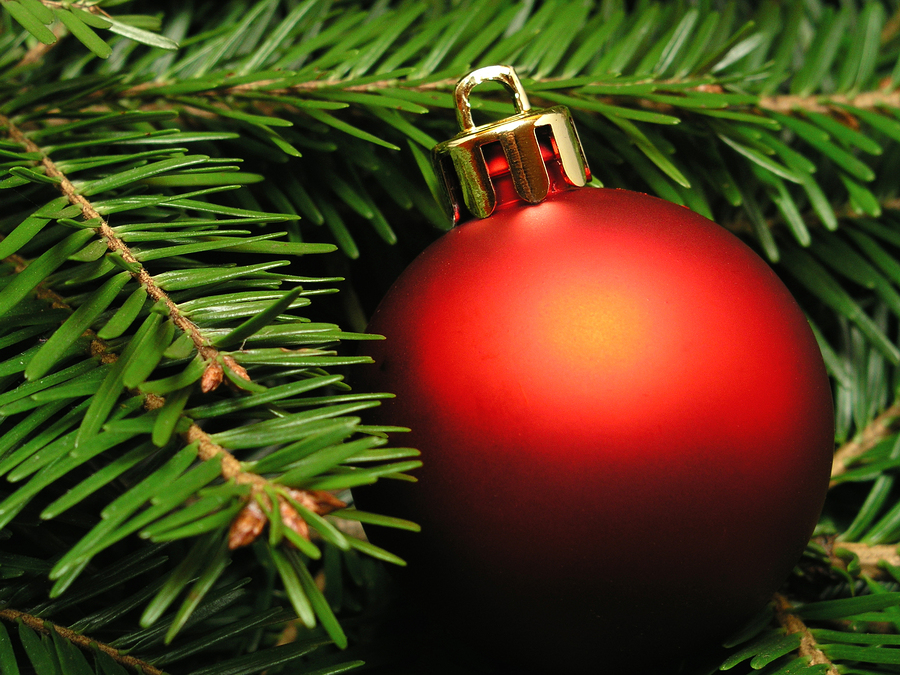Which is better for the environment – a real fir or a plastic spruce?
Sir David Attenborough has brought the issue of plastic, in all its forms, to the forefront of our minds and it raises the issue of which is more environmentally friendly when it comes to Christmas trees.
Do you dust off the plastic tree, bring in last year’s dormant sapling from the garden or head out into the high street or Christmas tree farm to get a new freshly harvested real tree?
The first decision is whether to opt for a real or artificial tree. A faux tree may keep its needles intact, but will probably be made from a petroleum-based product and may well have been flown in from China. Among the materials commonly used in the manufacture of artificial trees are PVC, polyurethane foam and steel. Although you may reuse it for several years, if your tree is not recyclable the chances are it will eventually linger for centuries in a land-fill site.
In the past, many of the real Christmas trees sold in the UK were transported from far-flung parts of Europe, but today a large number are grown in British plantations.
An advantage of a real tree is that while growing it absorbs the greenhouse gas CO2. However, growers can use chemical fertilisers and pesticides to control things such as aphids and rust mites, although these are generally only used if there is an outbreak in the spring of the year the tree is to be sold.
An increasing number of suppliers provide trees with their roots intact. These are either grown in a plantation then transferred to a pot, or grown from seed in a container.
So what do you think is better for the environment? Do you have a real tree or an artificial one?




















